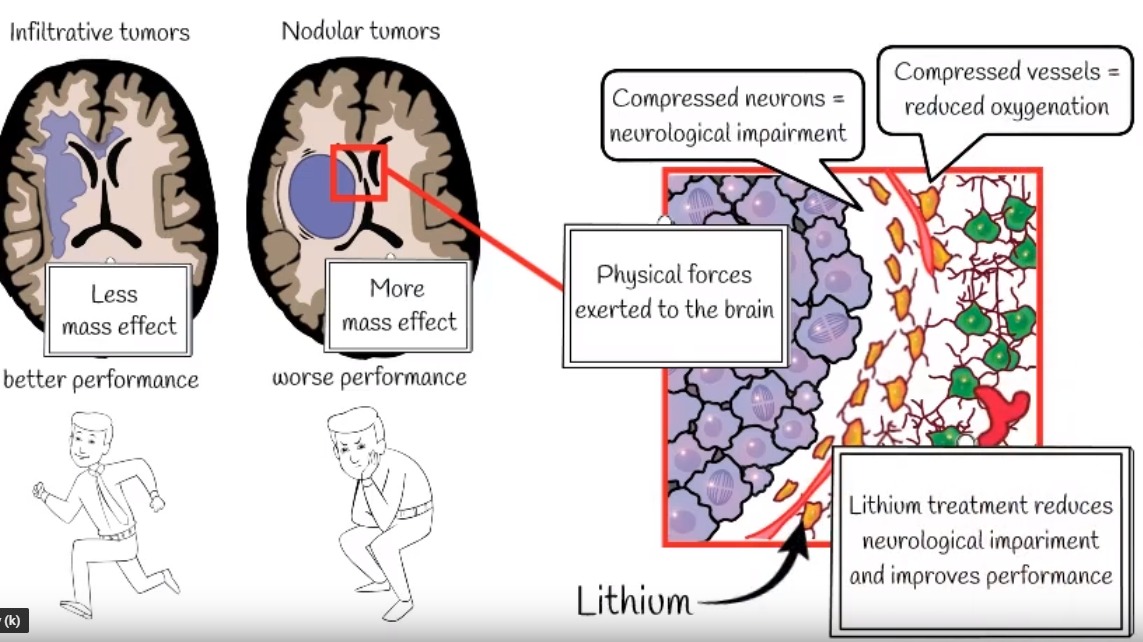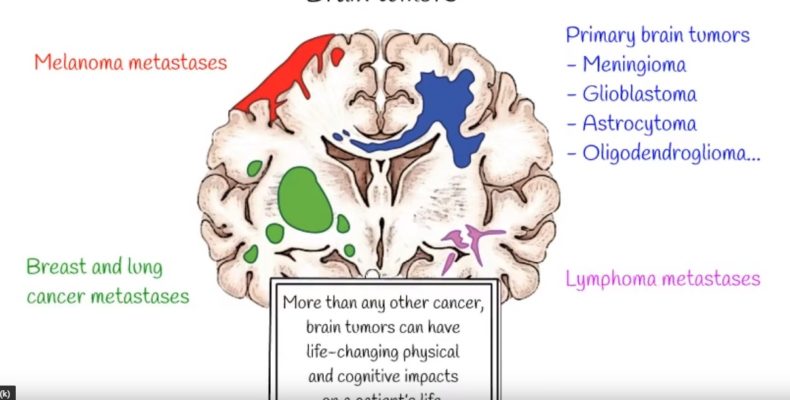Solid stress on the brain due to tumors was recently studied. Solid stress refers to the physical pressure and strength utilized by the tumor. The Massachusetts General Hospital-led research revealed that some brain tumors can increase solid stress, especially with larger, solid tissue tumors through their research titled, “How does solid stress from brain tumors cause neuronal loss, neurologic dysfunction?”. These larger tumors push other surrounding brain cells, causing the stress on the healthy tissue.
The findings show that this solid stress can cause neuronal loss and neurological dysfunction. Neuronal loss refers to the progressive loss of the function of the brain’s neurons. The neurological dysfunction refers to issues with how the brain processes. Studying glioblastoma cells, they have also found that single, more-defined mass tumors can cause stronger impressions on the brain than the infiltrative tumors, which expand around normal tissue.
The study further examined ways to negate the pressure produced by the brain tumor to the normal brain. The researchers found that treating patients with Lithium could reduce the pressure from the tumor’s cells.

From the study: “The neurological consequences of brain tissue deformation are the major cause of life-threatening neurological symptoms in patients with brain cancers,” says Rakesh K. Jain,
PhD , the Cook Professor of Radiation Oncology at Harvard Medical School. “Preservation of neurological function and maintaining patients’ quality of life are critical goals of brain tumor treatment. The results of our study strongly supportapplication of neuroprotection to patients with nodular brain tumors that compress surrounding tissues. Even patients with advanced or inoperable tumors may be able to benefit from such a strategy.”
Watch this brief video from the researchers to understand their findings:

